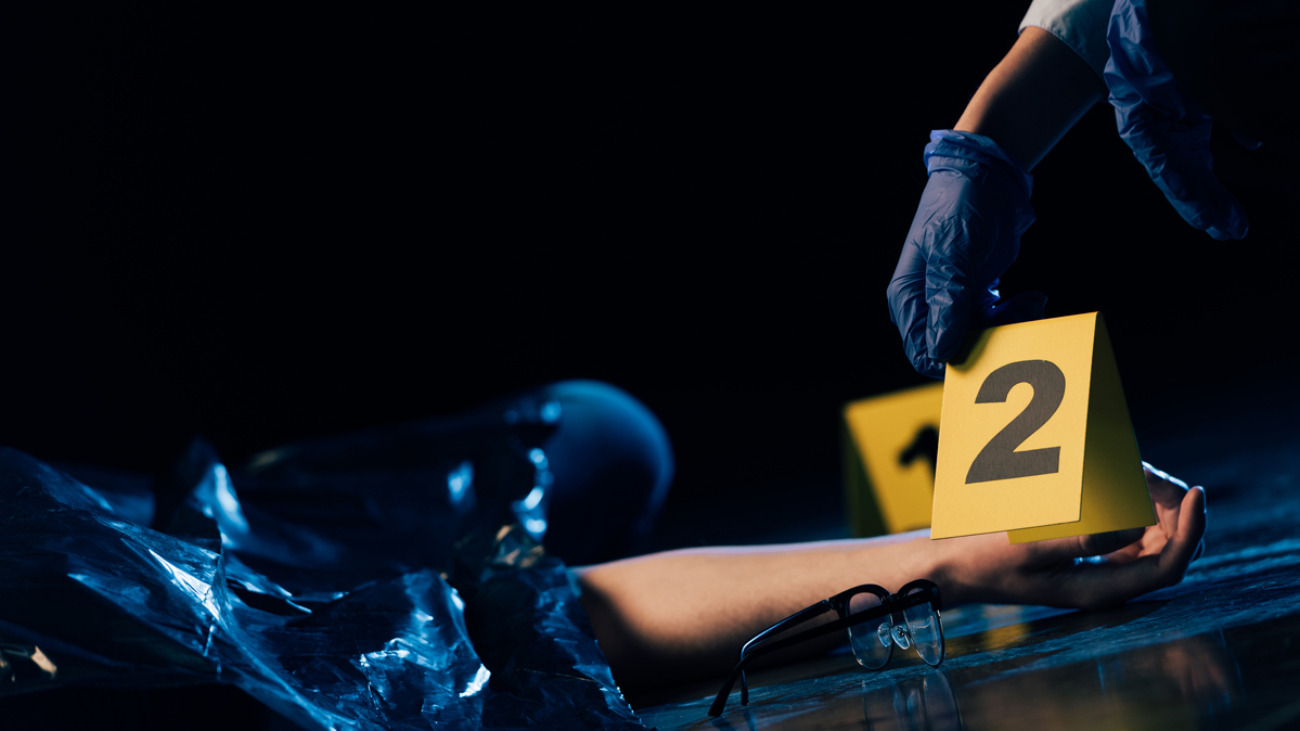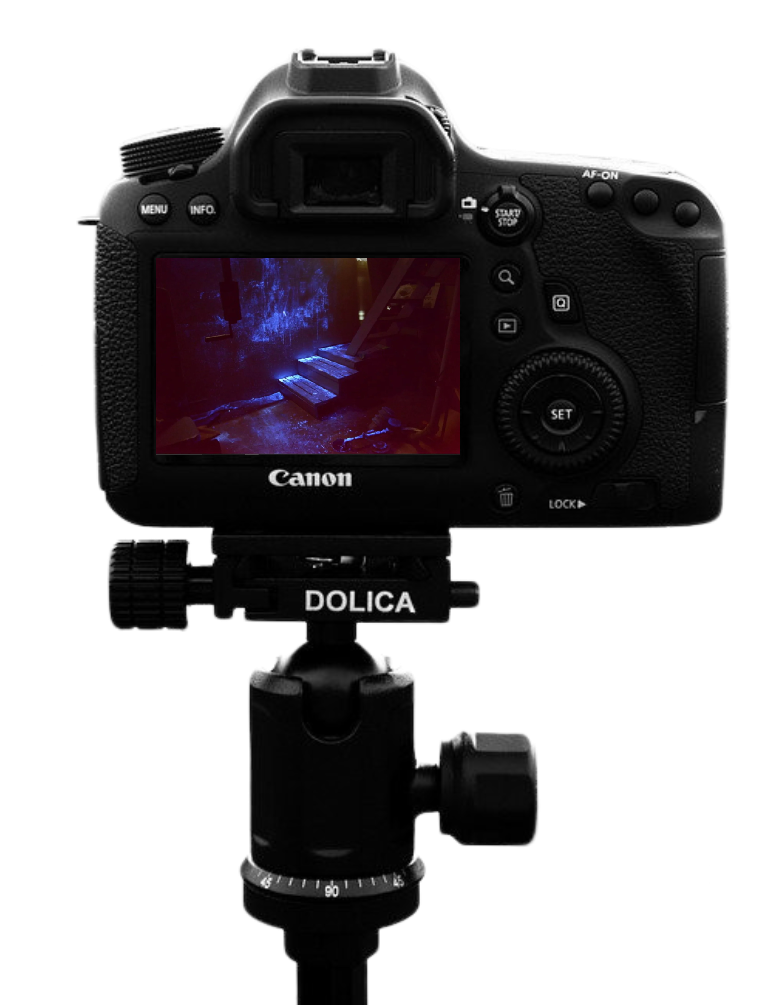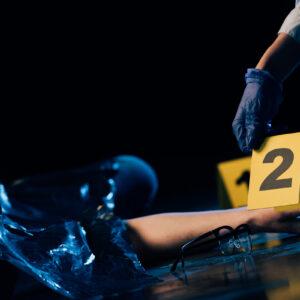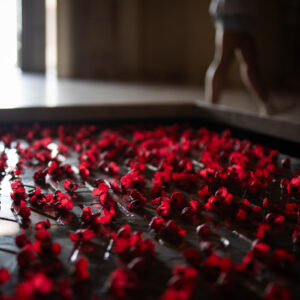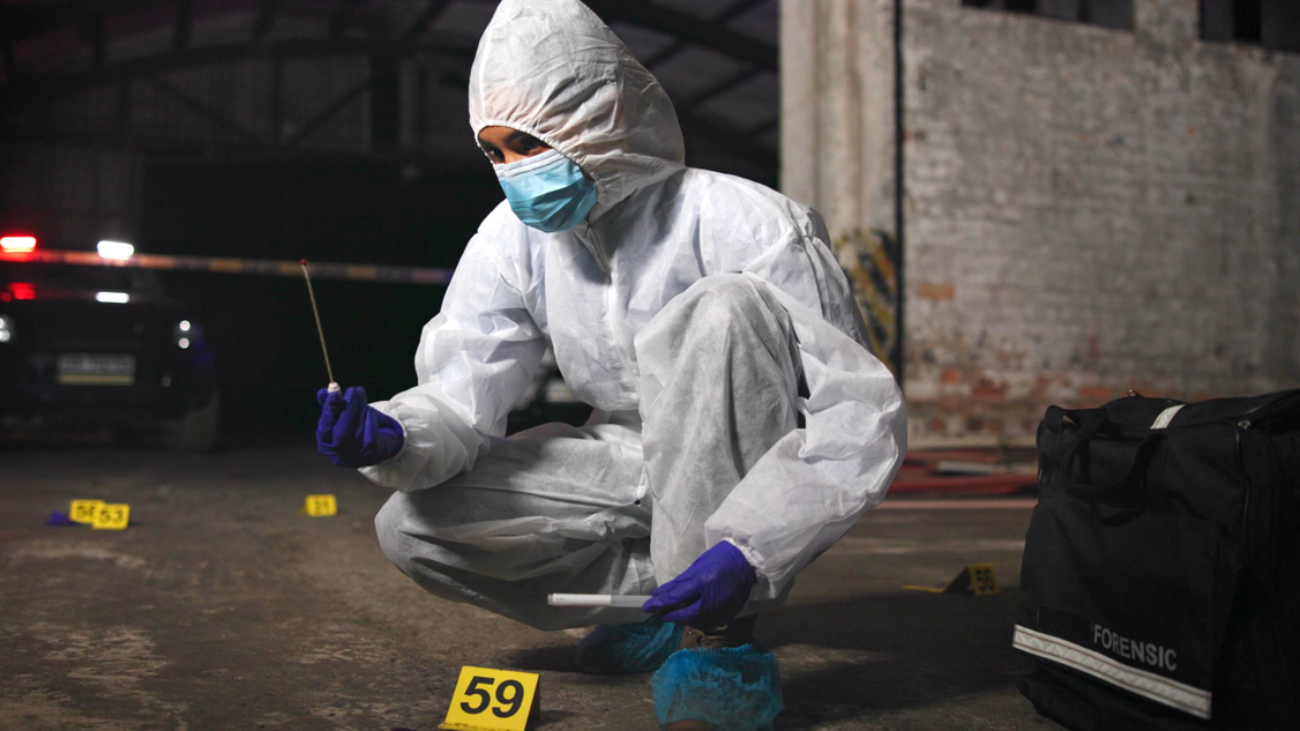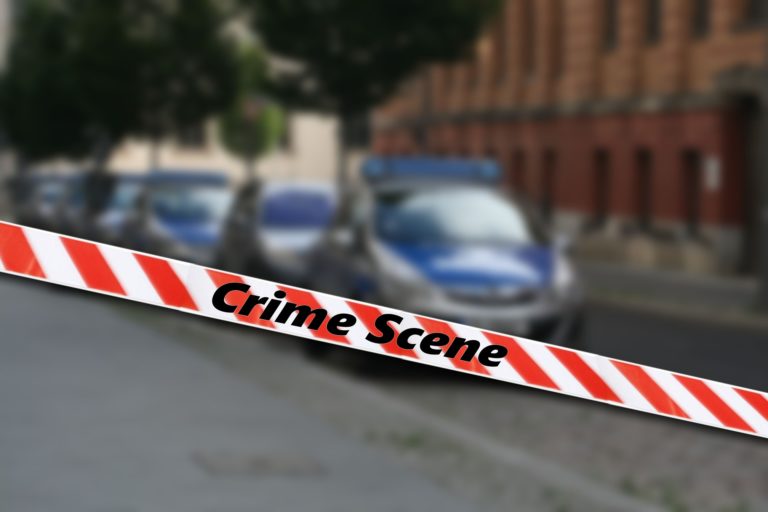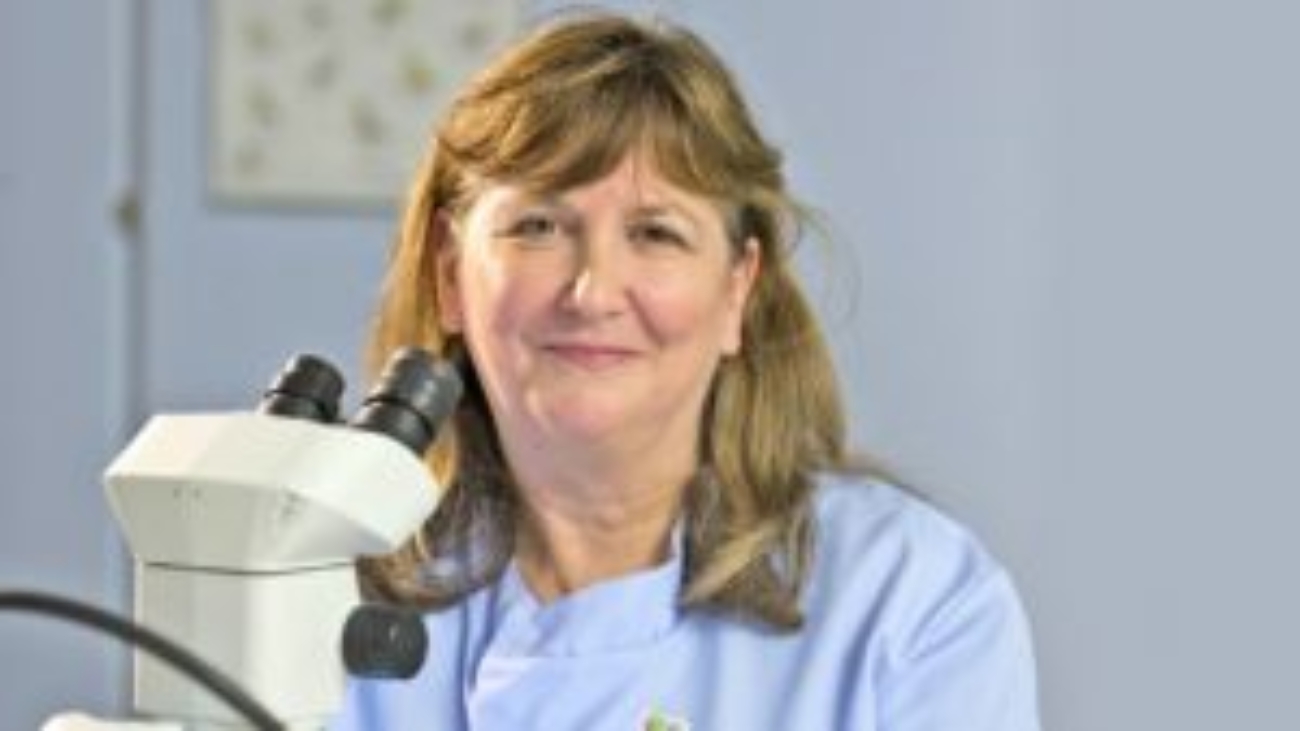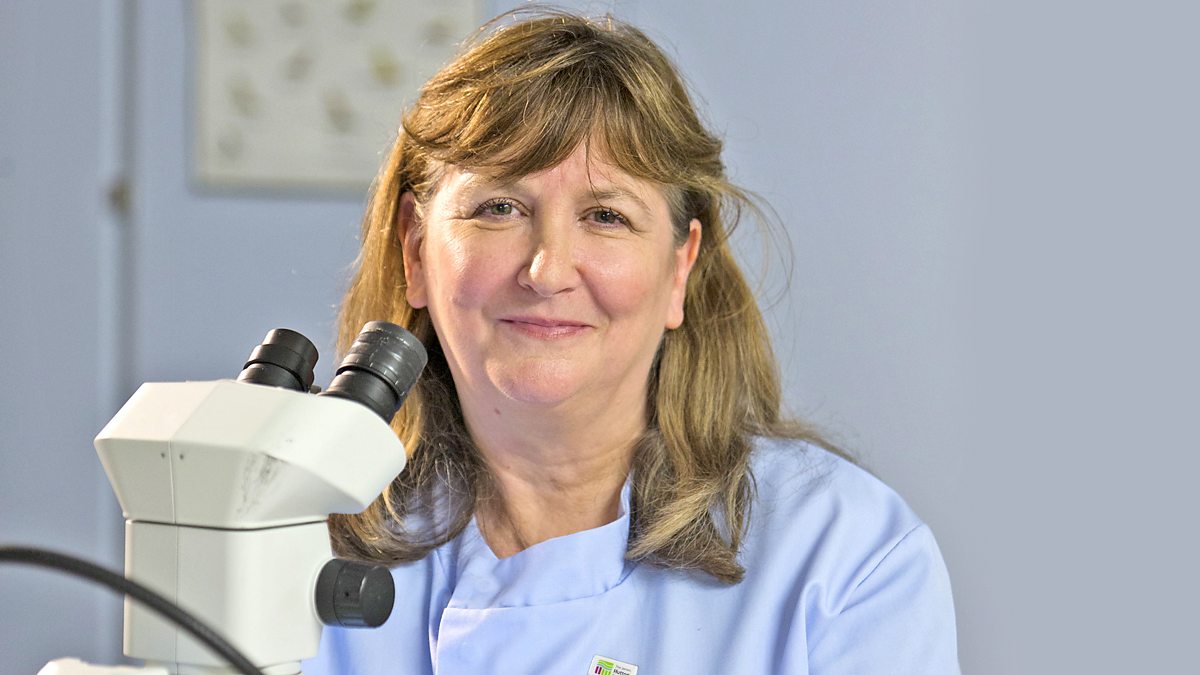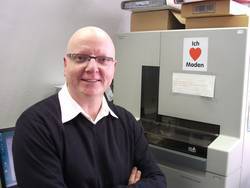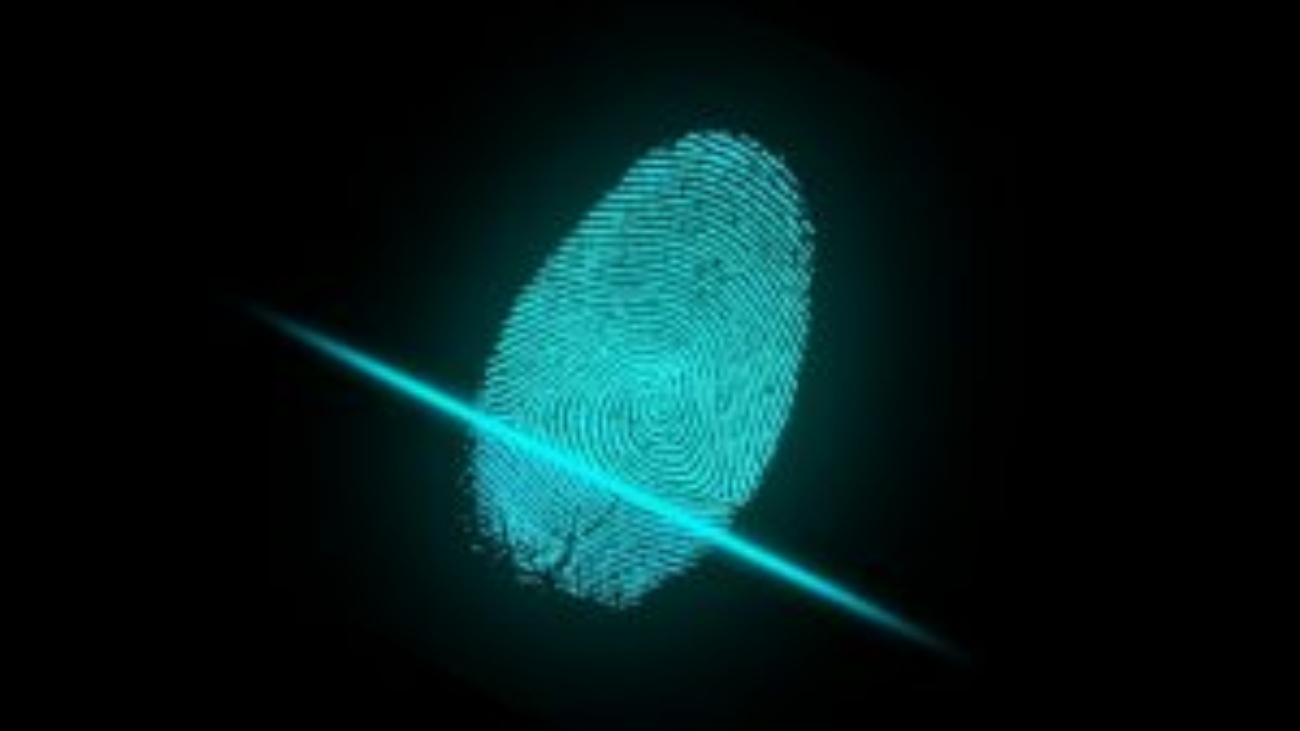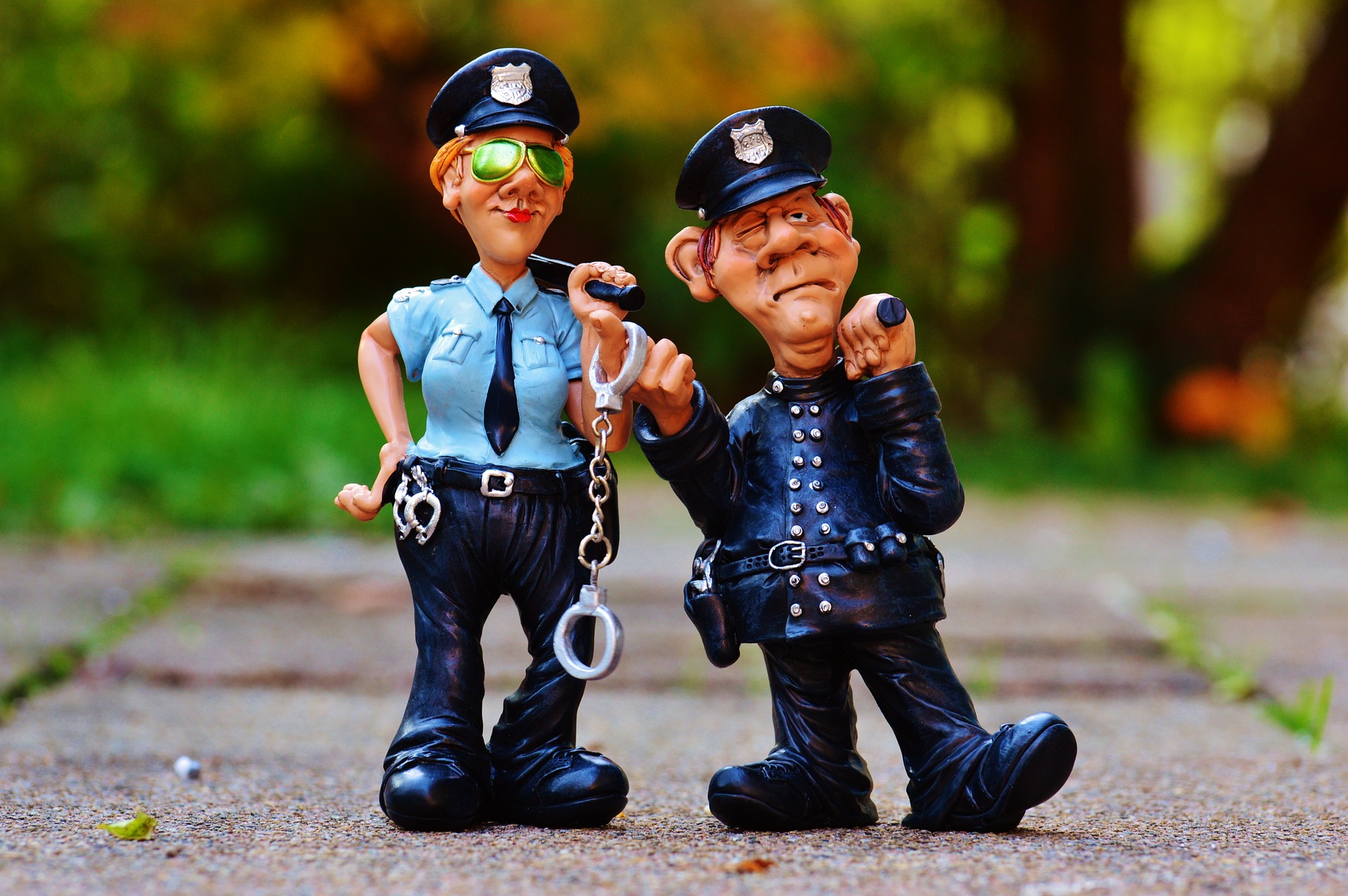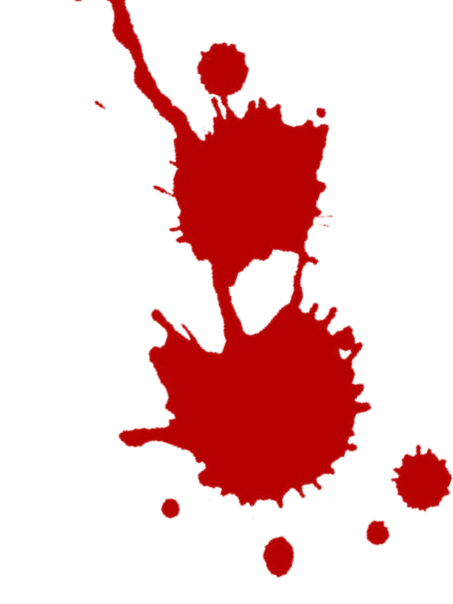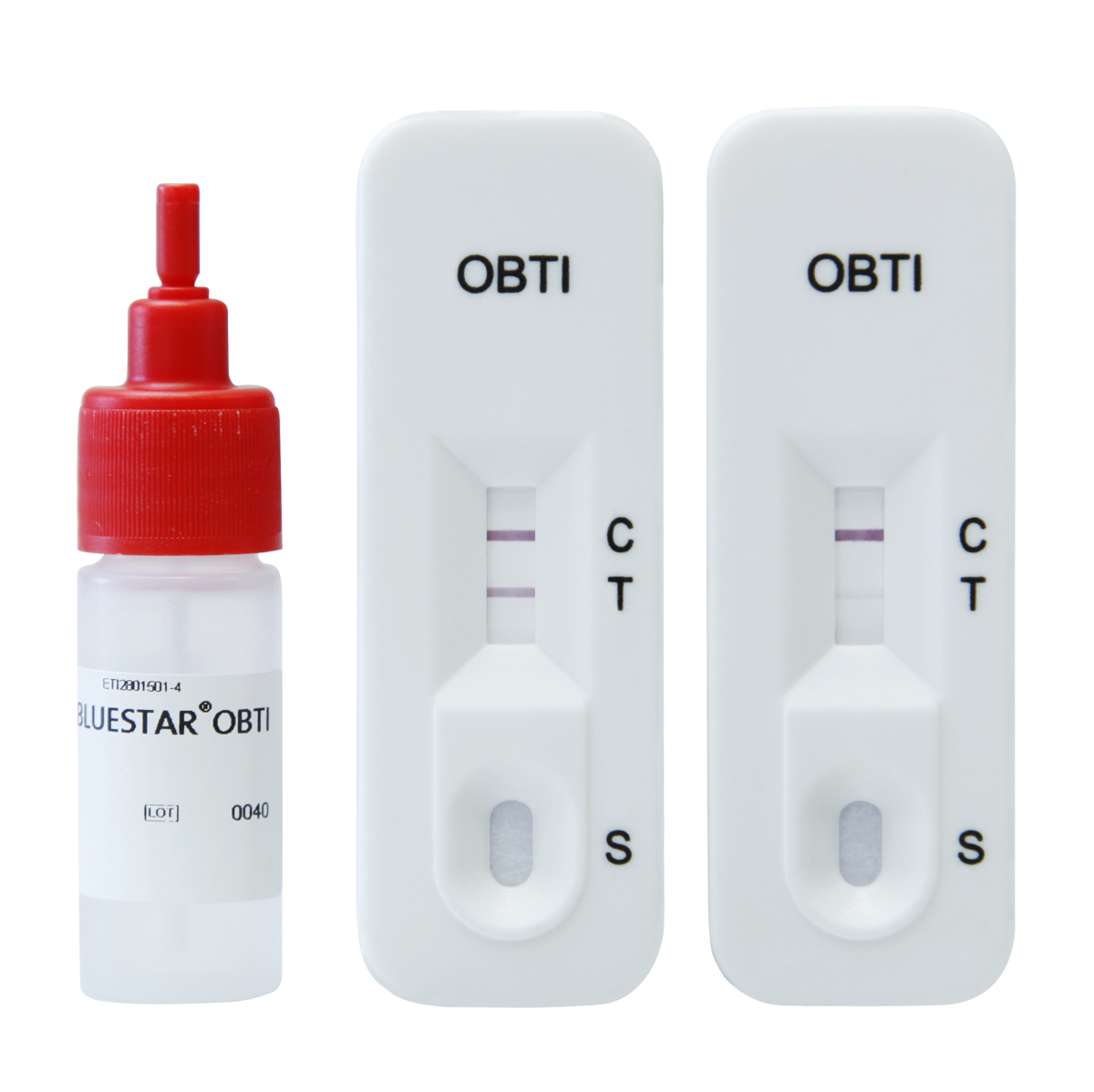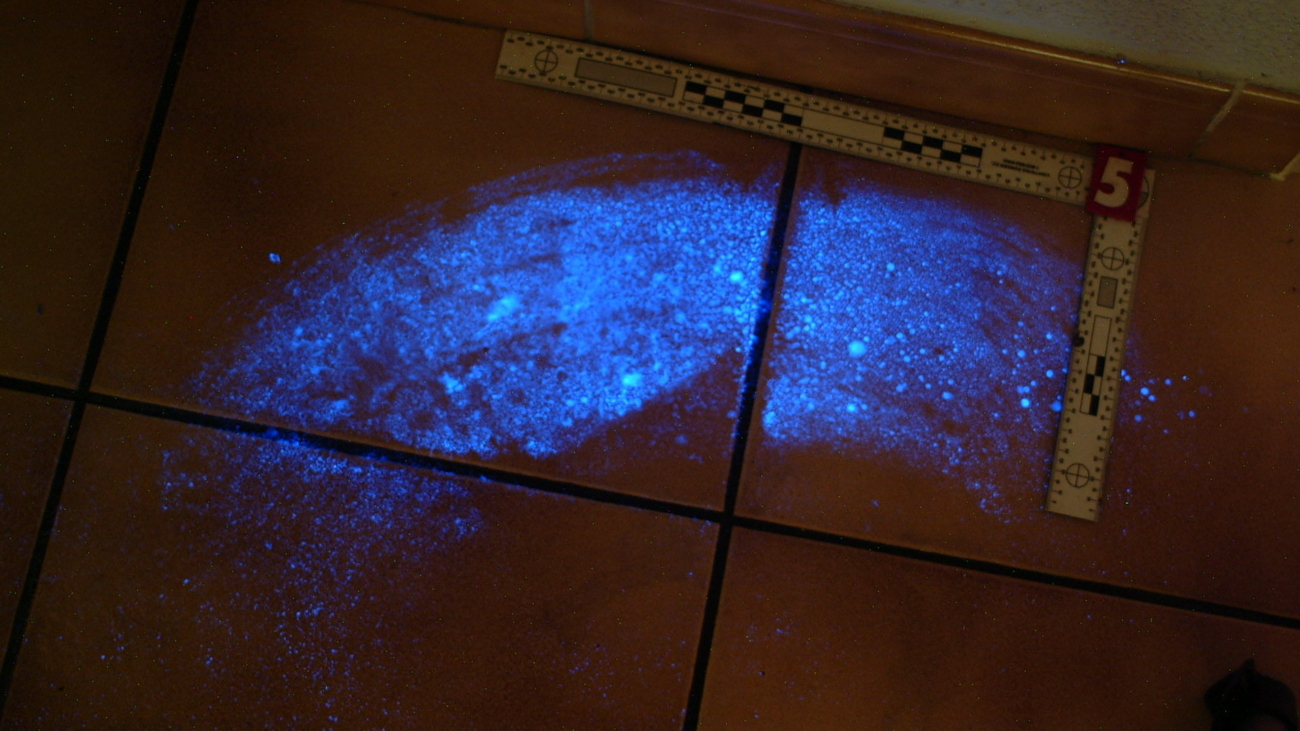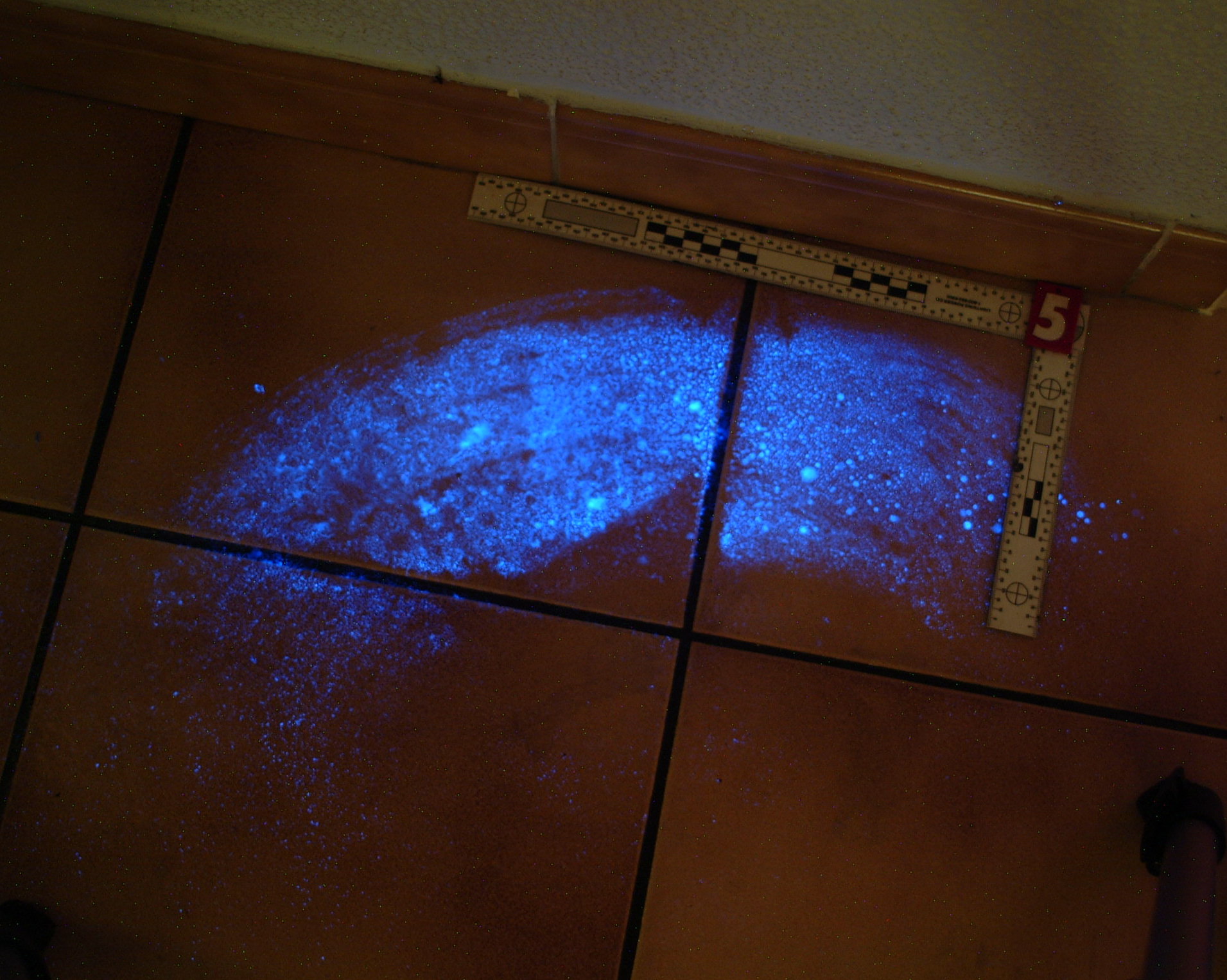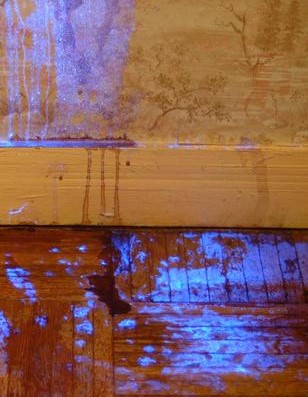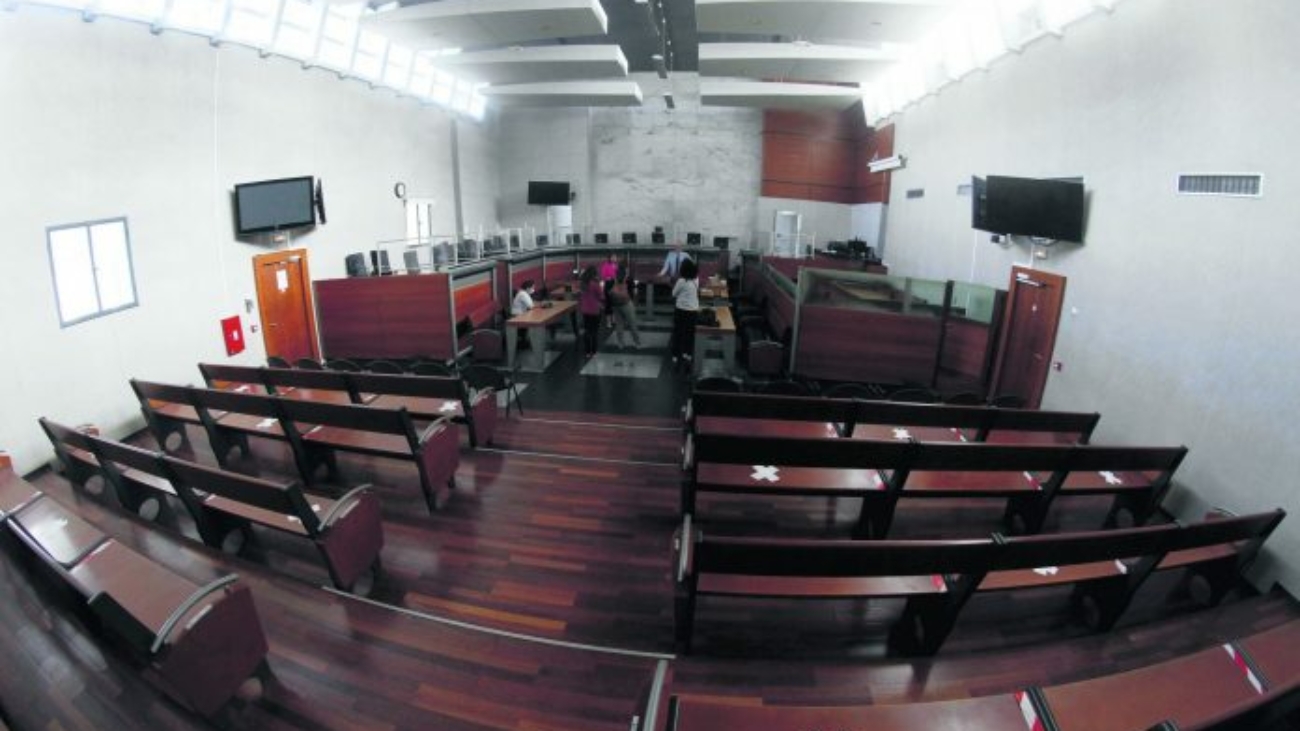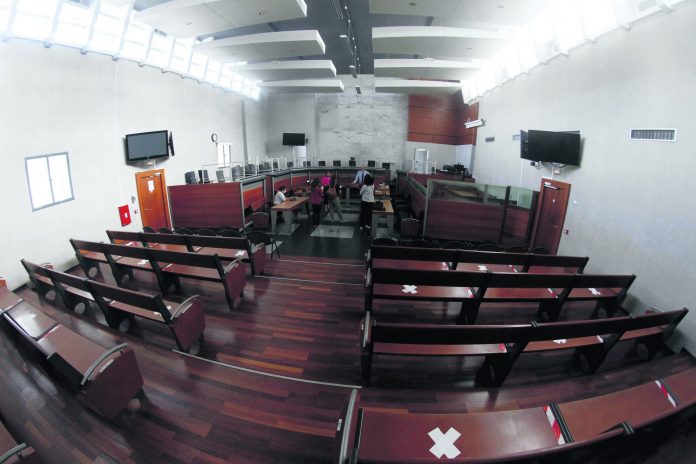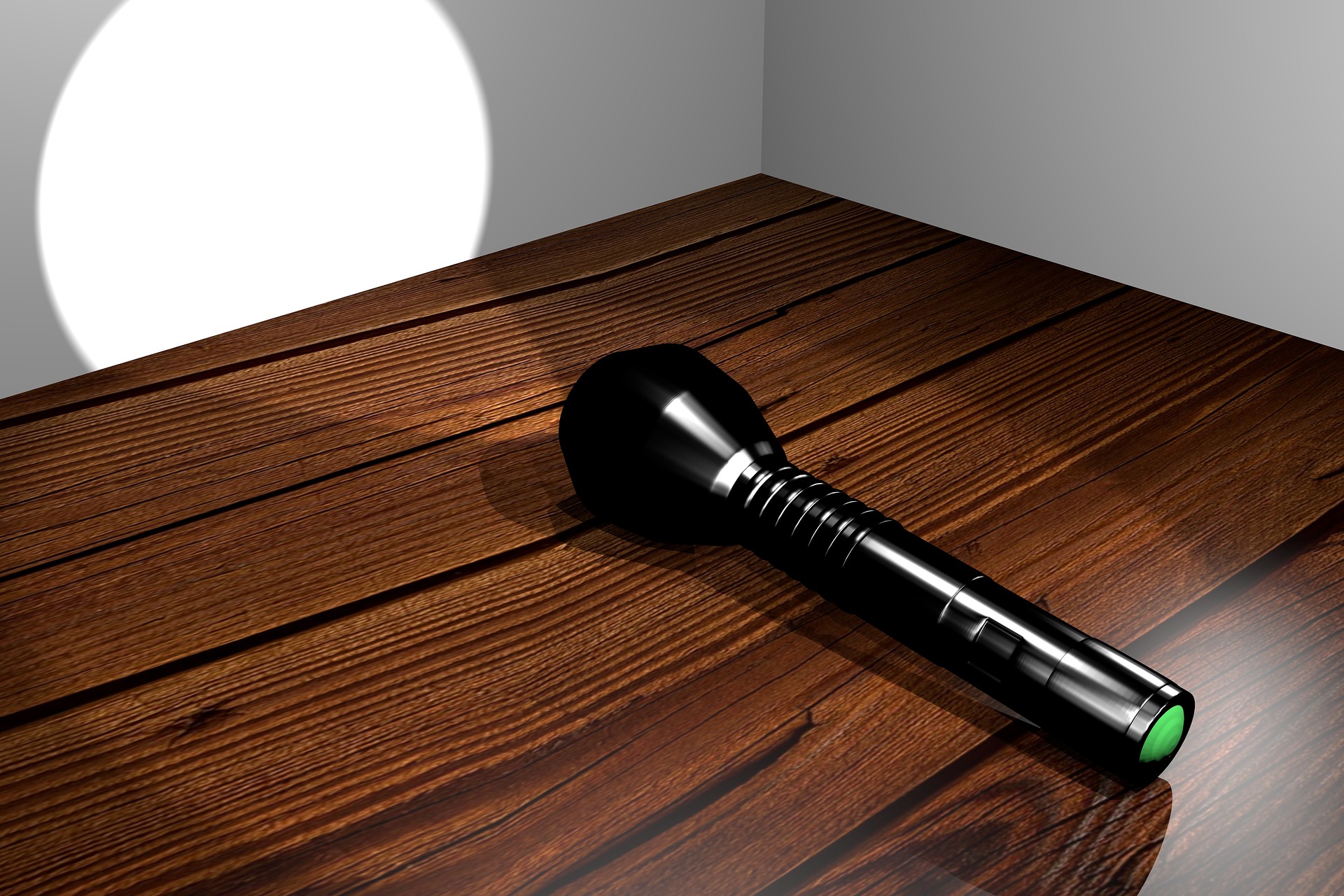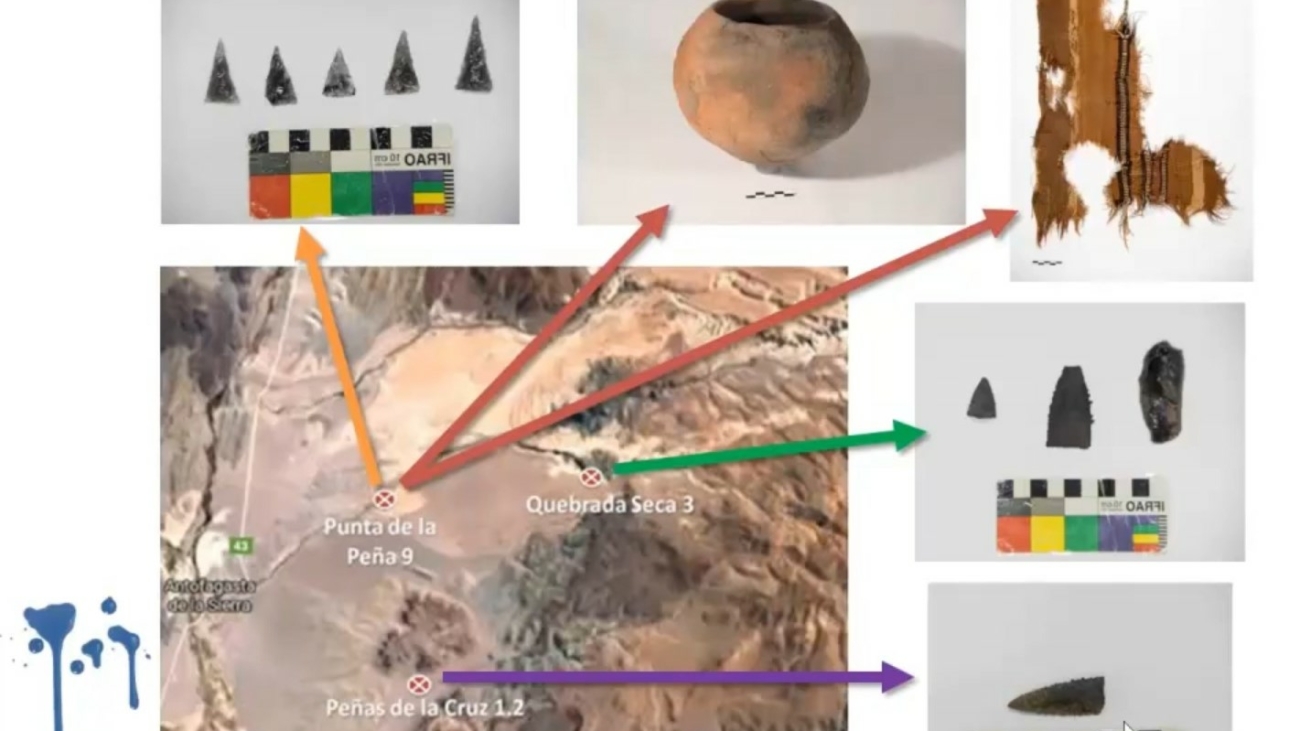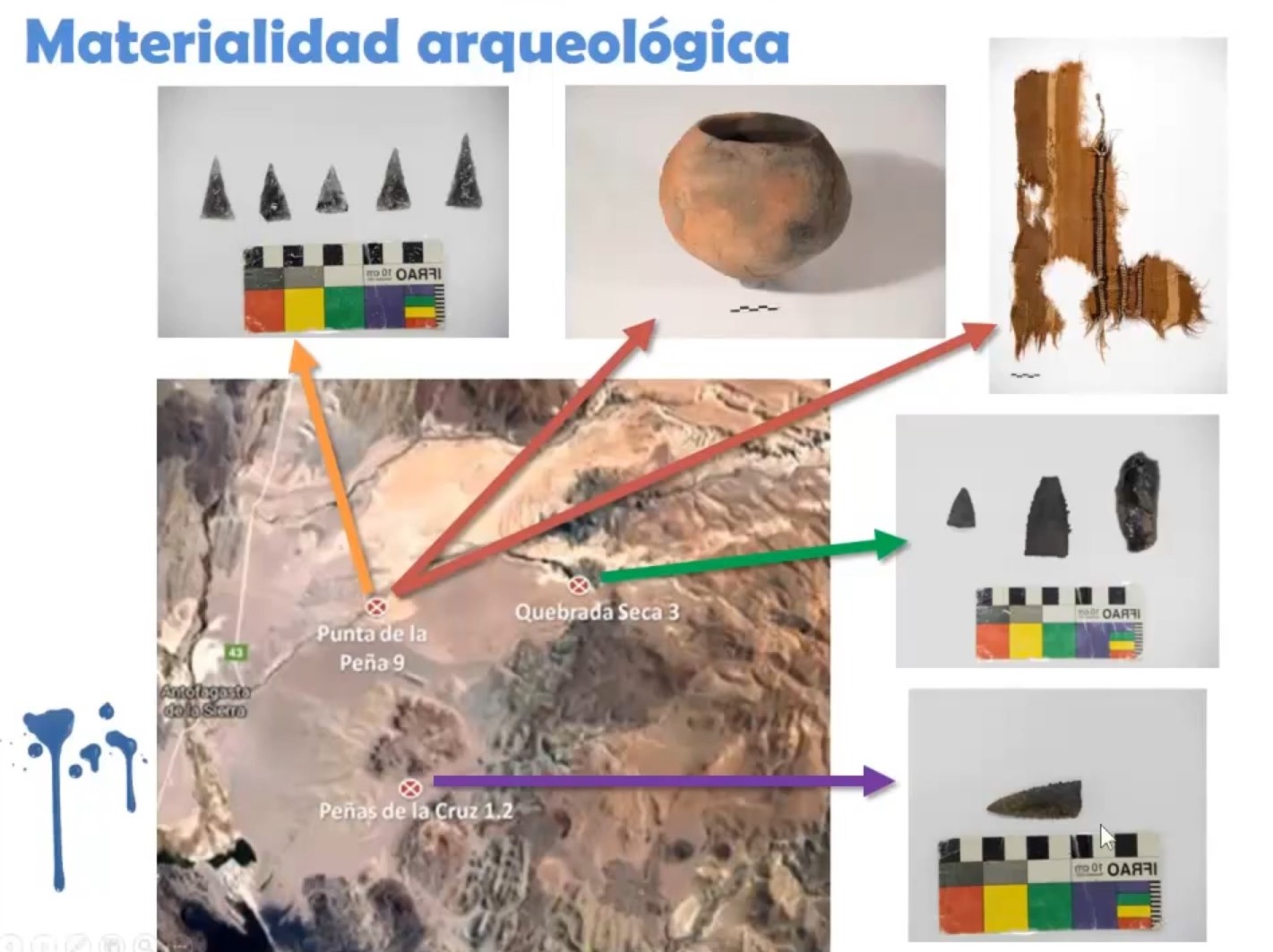admin
Forensic PSA Test: "BLUESTAR® Identi-PSA®" An Essential Tool in Forensic Medicine for Prostate-Specific Antigen (PSA) Detection
In the world of forensic medicine, speed and accuracy are crucial. That’s where the Forensic PSA Test, “BLUESTAR® Identi-PSA®,” stands out. It is a rapid test for the detection of prostate-specific antigen from traditional biological samples, as well as from semen samples collected using a swab from either clothing or the body of a suspected victim of sexual assault.
Challenges in Prostate-Specific Antigen (PSA) Detection in Forensic Medicine
In the context of forensic medicine, where rapid and accurate detection of prostate-specific antigen is essential, the Forensic PSA Test, “BLUESTAR® Identi-PSA®,” addresses a significant need. It is a rapid qualitative test for PSA detection from traditional biological samples and semen samples collected from clothing or victims’ bodies. It is now used as the preferred marker for detecting sexual assaults, even when committed by men who have undergone vasectomy.
Features and Characteristics of the "BLUESTAR® Identi-PSA®" Forensic PSA Test for Precise PSA Detection
The Forensic PSA Test, “BLUESTAR® Identi-PSA®,” is a rapid immunochromatographic test that detects PSA at levels equal to or above 4 ng/ml. It provides results in less than 10 minutes and is easier to use compared to traditional ELISA methods. The test employs a unique combination to selectively identify PSA antigen in samples with a high degree of sensitivity.
Advantages and Benefits
The use of the Forensic PSA Test, “BLUESTAR® Identi-PSA®,” offers numerous advantages. Its high sensitivity and speed make it a valuable tool for PSA detection in demanding conditions. Additionally, its simplicity compared to traditional ELISA methods makes it more practical and cost-effective.
Comparisons and Differentiation
In comparison to competitors on the market, the Forensic PSA Test, “BLUESTAR® Identi-PSA®,” stands out for its user-friendliness and rapidity. Some tests, although offering high sensitivity, prove less convenient to use. It is important to note that at extremely high levels of sensitivity, DNA extraction becomes impossible. Therefore, the use of a more sensitive test is unnecessary. “BLUESTAR® Identi-PSA®,” with its optimal balance of sensitivity and practicality, appears as an ideal solution.
Conclusion
“BLUESTAR® Identi-PSA®” is a valuable ally in forensic investigations. By combining high sensitivity, exemplary reliability, and rapid action, it presents itself as a robust solution for detecting prostate-specific antigen. Its use ensures notable efficiency in identifying this essential biological marker.
